Lingfeng Niu
A Unified Pre-training and Adaptation Framework for Combinatorial Optimization on Graphs
Dec 16, 2023



Abstract:Combinatorial optimization (CO) on graphs is a classic topic that has been extensively studied across many scientific and industrial fields. Recently, solving CO problems on graphs through learning methods has attracted great attention. Advanced deep learning methods, e.g., graph neural networks (GNNs), have been used to effectively assist the process of solving COs. However, current frameworks based on GNNs are mainly designed for certain CO problems, thereby failing to consider their transferable and generalizable abilities among different COs on graphs. Moreover, simply using original graphs to model COs only captures the direct correlations among objects, which does not consider the mathematical logicality and properties of COs. In this paper, we propose a unified pre-training and adaptation framework for COs on graphs with the help of the maximum satisfiability (Max-SAT) problem. We first use Max-SAT to bridge different COs on graphs since they can be converted to Max-SAT problems represented by standard formulas and clauses with logical information. Then, we further design a pre-training and domain adaptation framework to extract the transferable and generalizable features so that different COs can benefit from them. In the pre-training stage, Max-SAT instances are generated to initialize the parameters of the model. In the fine-tuning stage, instances from CO and Max-SAT problems are used for adaptation so that the transferable ability can be further improved. Numerical experiments on several datasets show that features extracted by our framework exhibit superior transferability and Max-SAT can boost the ability to solve COs on graphs.
Multi-task Self-distillation for Graph-based Semi-Supervised Learning
Dec 02, 2021



Abstract:Graph convolutional networks have made great progress in graph-based semi-supervised learning. Existing methods mainly assume that nodes connected by graph edges are prone to have similar attributes and labels, so that the features smoothed by local graph structures can reveal the class similarities. However, there often exist mismatches between graph structures and labels in many real-world scenarios, where the structures may propagate misleading features or labels that eventually affect the model performance. In this paper, we propose a multi-task self-distillation framework that injects self-supervised learning and self-distillation into graph convolutional networks to separately address the mismatch problem from the structure side and the label side. First, we formulate a self-supervision pipeline based on pre-text tasks to capture different levels of similarities in graphs. The feature extraction process is encouraged to capture more complex proximity by jointly optimizing the pre-text task and the target task. Consequently, the local feature aggregations are improved from the structure side. Second, self-distillation uses soft labels of the model itself as additional supervision, which has similar effects as label smoothing. The knowledge from the classification pipeline and the self-supervision pipeline is collectively distilled to improve the generalization ability of the model from the label side. Experiment results show that the proposed method obtains remarkable performance gains under several classic graph convolutional architectures.
Latent Network Embedding via Adversarial Auto-encoders
Sep 30, 2021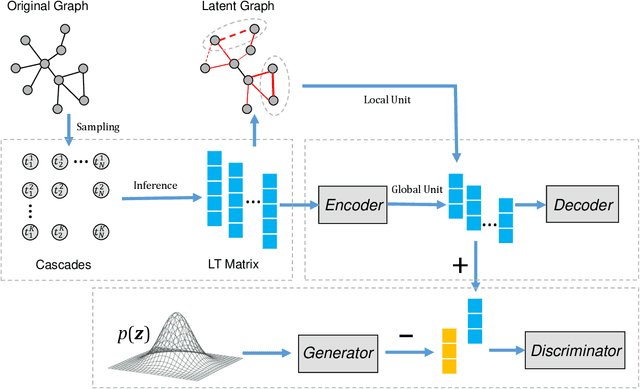
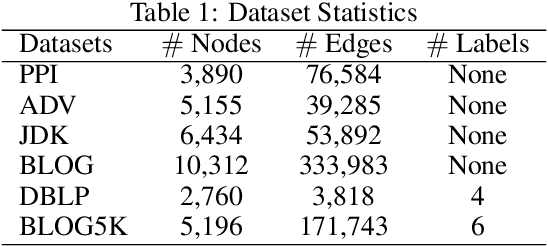
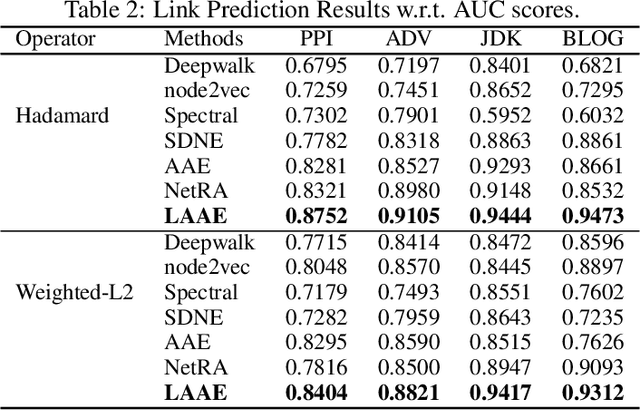
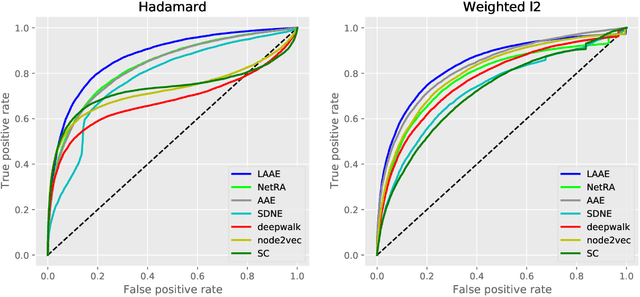
Abstract:Graph auto-encoders have proved to be useful in network embedding task. However, current models only consider explicit structures and fail to explore the informative latent structures cohered in networks. To address this issue, we propose a latent network embedding model based on adversarial graph auto-encoders. Under this framework, the problem of discovering latent structures is formulated as inferring the latent ties from partial observations. A latent transmission matrix that describes the strengths of existing edges and latent ties is derived based on influence cascades sampled by simulating diffusion processes over networks. Besides, since the inference process may bring extra noises, we introduce an adversarial training that works as regularization to dislodge noises and improve the model robustness. Extensive experiments on link prediction and node classification tasks show that the proposed model achieves superior results compared with baseline models.
Transformed $\ell_1$ Regularization for Learning Sparse Deep Neural Networks
Jan 04, 2019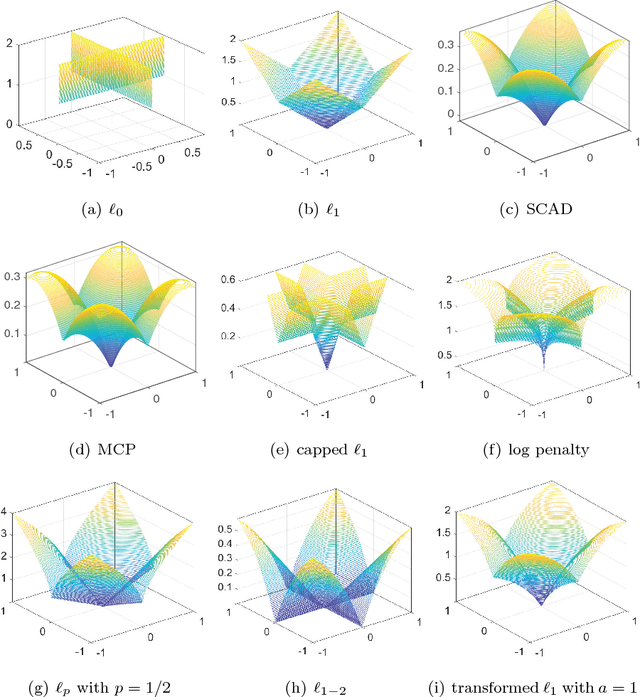


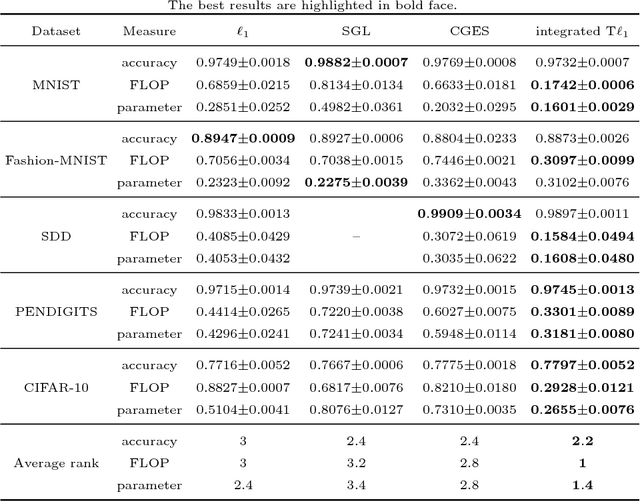
Abstract:Deep neural networks (DNNs) have achieved extraordinary success in numerous areas. However, to attain this success, DNNs often carry a large number of weight parameters, leading to heavy costs of memory and computation resources. Overfitting is also likely to happen in such network when the training data are insufficient. These shortcomings severely hinder the application of DNNs in resource-constrained platforms. In fact, many network weights are known to be redundant and can be removed from the network without much loss of performance. To this end, we introduce a new non-convex integrated transformed $\ell_1$ regularizer to promote sparsity for DNNs, which removes both redundant connections and unnecessary neurons simultaneously. To be specific, we apply the transformed $\ell_1$ to the matrix space of network weights and utilize it to remove redundant connections. Besides, group sparsity is also employed as an auxiliary to remove unnecessary neurons. An efficient stochastic proximal gradient algorithm is presented to solve the new model at the same time. To the best of our knowledge, this is the first work to utilize a non-convex regularizer in sparse optimization based method to promote sparsity for DNNs. Experiments on several public datasets demonstrate the effectiveness of the proposed method.
A Novel Large-scale Ordinal Regression Model
Dec 19, 2018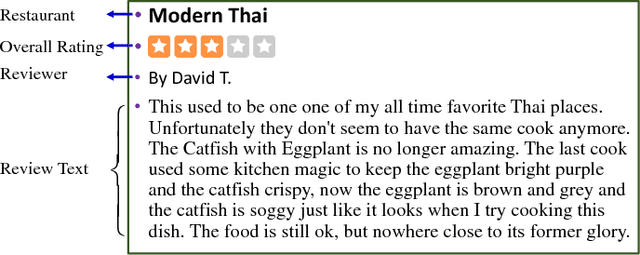
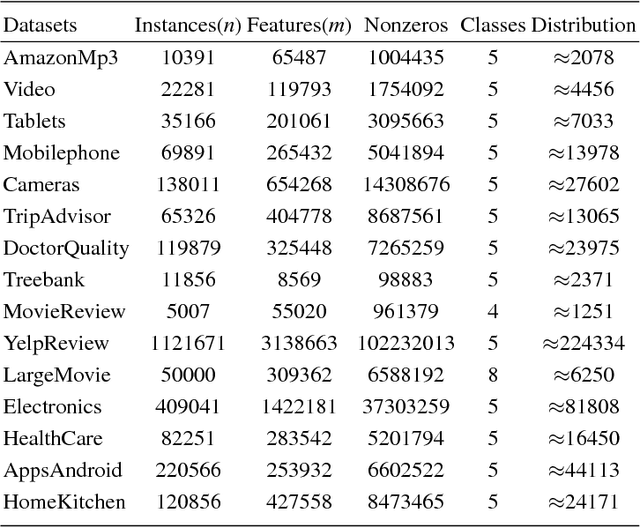
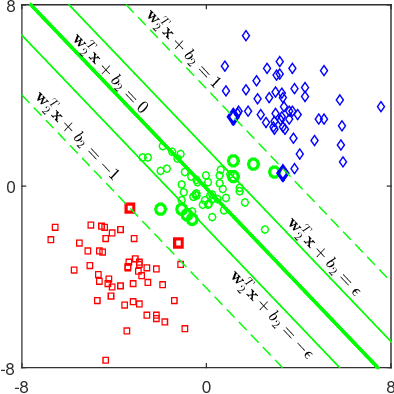
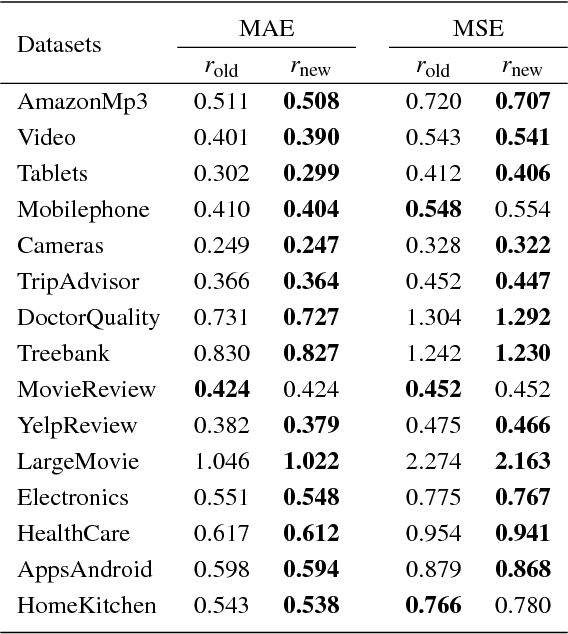
Abstract:Ordinal regression (OR) is a special multiclass classification problem where an order relation exists among the labels. Recent years, people share their opinions and sentimental judgments conveniently with social networks and E-Commerce so that plentiful large-scale OR problems arise. However, few studies have focused on this kind of problems. Nonparallel Support Vector Ordinal Regression (NPSVOR) is a SVM-based OR model, which learns a hyperplane for each rank by solving a series of independent sub-optimization problems and then ensembles those learned hyperplanes to predict. The previous studies are focused on its nonlinear case and got a competitive testing performance, but its training is time consuming, particularly for large-scale data. In this paper, we consider NPSVOR's linear case and design an efficient training method based on the dual coordinate descent method (DCD). To utilize the order information among labels in prediction, a new prediction function is also proposed. Extensive contrast experiments on the text OR datasets indicate that the carefully implemented DCD is very suitable for training large data.
Diffusion Based Network Embedding
May 11, 2018



Abstract:In network embedding, random walks play a fundamental role in preserving network structures. However, random walk based embedding methods have two limitations. First, random walk methods are fragile when the sampling frequency or the number of node sequences changes. Second, in disequilibrium networks such as highly biases networks, random walk methods often perform poorly due to the lack of global network information. In order to solve the limitations, we propose in this paper a network diffusion based embedding method. To solve the first limitation, our method employs a diffusion driven process to capture both depth information and breadth information. The time dimension is also attached to node sequences that can strengthen information preserving. To solve the second limitation, our method uses the network inference technique based on cascades to capture the global network information. To verify the performance, we conduct experiments on node classification tasks using the learned representations. Results show that compared with random walk based methods, diffusion based models are more robust when samplings under each node is rare. We also conduct experiments on a highly imbalanced network. Results shows that the proposed model are more robust under the biased network structure.
 Add to Chrome
Add to Chrome Add to Firefox
Add to Firefox Add to Edge
Add to Edge